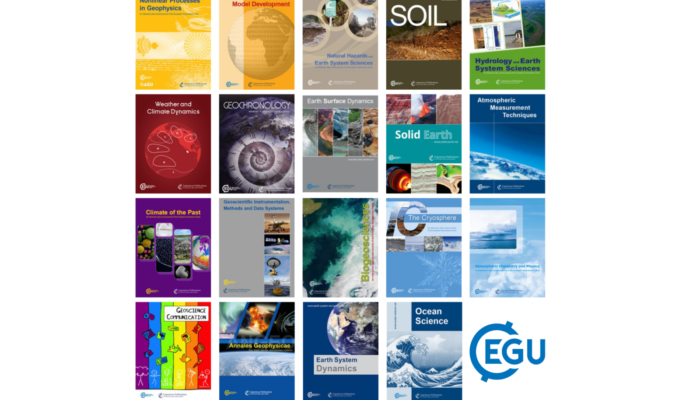Each month we feature specific Divisions of EGU and during the monthly GeoRoundup we put the journals that publish science from those Divisions at the top of the Highlights section. During this month, we are featuring Atmospheric Sciences (AS), Geosciences Instrumentation and Data Systems (GI), and Tectonics and Structural Geology (TS). They are represented by the journals Geoscientific Model Deve ...[Read More]
The prize that failed forward: How a 100,000-franc quest for aliens funded a century of astronomy
Today, 17 December, marks 125 years since the formal announcement of one of the most eccentric, ambitious, and ultimately consequential prizes in the history of science: the Prix Pierre Guzman. Announced by the French Académie des Sciences in December 1900, the award promised 100,000 francs, which is the equivalent of hundreds of thousands of dollars today, to the first person who could successful ...[Read More]
Why we need to put plants back in the soil carbon picture
Happy International Soil Day (5 December)! Today, we’re celebrating the incredible capacity of soil organic carbon (SOC) to fight climate change. But hold the celebratory cake! A paper in the journal SOIL by Raza et al. (2025) has exposed an unexpected scientific blind spot, and it’s a bit surprising! The paper, titled “Missing the input: the underrepresentation of plant physiology in ...[Read More]
Your visa guide for the EGU General Assembly 2026: Navigating the Schengen process
Attending the European Geosciences Union (EGU) General Assembly in Vienna is an invaluable experience, where scientists, researchers, and professionals come together from all over the world to share knowledge, expand networks, and strengthen the geosciences community. However, if you’re coming from a non-EU country and require a visa, preparing for your trip may feel overwhelming. As a former visa ...[Read More]




